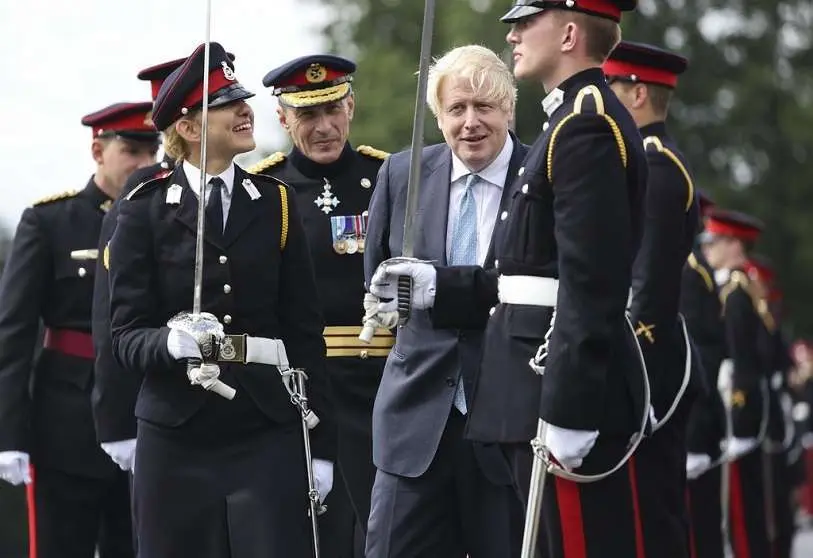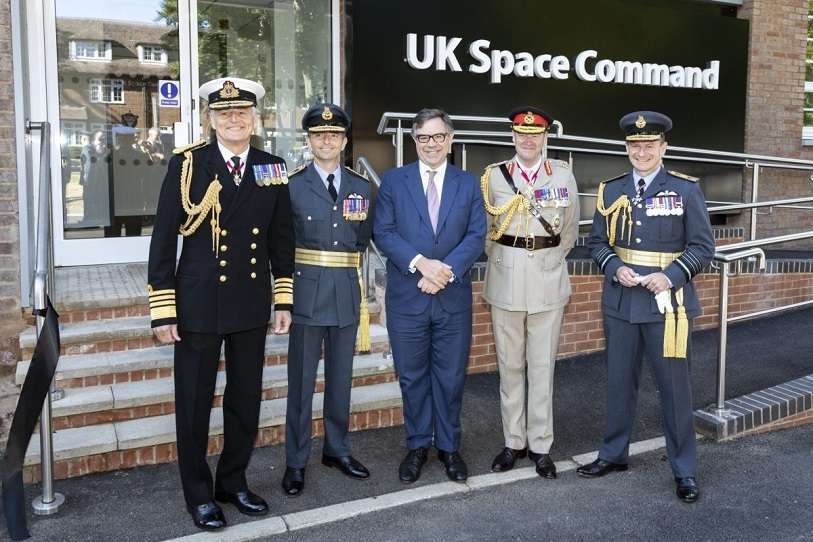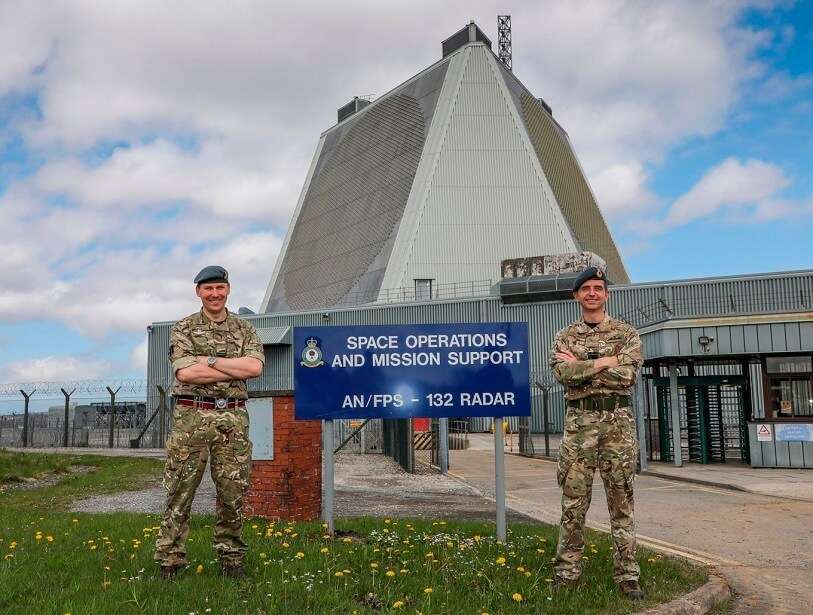UK's frenetic race to become a space superpower

With concerns focused on his political future and attention on the evolving crisis in Ukraine, the controversial British Prime Minister Boris Johnson has just reminded the United States, the European Union, France and, of course, China and Russia, that the United Kingdom is a nuclear power, and is now on its way to becoming a civilian and military space giant.
Less than a year ago, on 16 March 2021 to be exact, the current occupant of 10 Downing Street expressed his ambition for Britain to be a "significant" space player by the 2030s. His desire was and is to maintain the nation's freedom of action and to have more than enough space capabilities to make a decisive contribution to the protection and defence of London's vital interests wherever they are located.
Never mind that Boris Johnson will be asked by his own party colleagues to resign for doing the opposite of what he preached at the height of the COVID-19 pandemic. If his opponents succeed, Whitehall's administrative machinery is strong enough to ensure that, if it comes to that, his successor will be able to bring to fruition the vision, objectives and plans contained in the recently approved Defence Spatial Strategy.

A document that complements and complements the National Space Strategy that came out at the end of September 2021, the Defence Space Strategy was presented on 1 February at King's College London by the Secretary of State for Defence for Acquisition, Jeremy Quin, together with the Chief of the Air Staff, Air Chief Marshal Sir Mike Wigston, to the UK industrial, military, scientific and academic space community, NATO and other allies.
It is a policy paper that does not require parliamentary ratification and sets out a plan for the UK to be a major space player on the global stage within a decade. But not only that. It also includes and specifies a volume of economic resources of 1,400 million pounds (1,656 million euros) for the protection and defence of the nation through the activation of programmes to improve space systems and platforms.

The 35-page document sets out the vital goals and technologies to be developed and brought into service over the next 10 years for command and control, communications, intelligence, surveillance, reconnaissance and precision navigation, "to ensure that the British Armed Forces are fit to win battles anywhere in the world".
It defines three broad strategic objectives. The first is to protect and defend UK interests in and through space. It involves identifying, attributing threats to space systems and "then responding in a proportionate and coordinated manner," says Marshal Wigston.
The second objective aims to integrate space activities into military air-ground, naval and cyber-defence operations. It requires, for example, secure and resilient satellite communications and intelligence systems. The third pillar aims to build up a cadre of military officers and personnel in the navy, army and air force and provide them with continuous training in space technologies and applications.

In short, the Ministry of Defence, which has been led by Ben Wallace since July 2019, has completed one after another of the main links that make up the current space ecosystem of the British Armed Forces. On the one hand, UK Space Command, a joint organisation formed on 1 April 2021 and placed under the command of Air Vice-Marshal Paul Godfrey.
Located at High Wycombe Air Base, some 50 kilometres northwest of London, its mission is to integrate, coordinate and direct the nation's entire space potential. Its focal point is the UK Space Operations Centre, which exercises command and control at the operational level, one of whose responsibilities is 24-hour monitoring of activities in outer space by potential adversaries, notably Russia and China.

With a view to strengthening the military space aspect, the Defence Space Strategy is the instrument that maps London's ambitions and priorities, while informing industry and research centres of the plans and financial resources that will be made available to them over the next 10 years.
Of all the programmes announced in the Strategy, the most important is the one that will lay the foundations for the Istari programme, a future constellation of intelligence, surveillance and reconnaissance platforms equipped with electro-optical sensors and radar. It takes the lion's share, with nearly 1.15 billion euros, almost 70% of the total. Its complement is called Minerva, a programme that is considered "the digital backbone", which is focused on improving image processing and the flow of data from space.

It is followed in importance by the protection of access to orbit, to which 171 million euros are dedicated. A further 160 million will be invested in the Aurora programme, a command and control architecture designed to enable generals to make real-time decisions on the battlefield. And 100 million euros will be spent on developing capabilities to improve knowledge of activities taking place in the outer space environment.
Another focus is on laser communication technologies. With the EUR 72 million Titania programme, the UK military wants to have very high-speed broadband data transfer in, to and from space. 1.656 billion allocated to the Defence Space Strategy is in addition to the nearly 6 billion euros (£5 billion) already allocated to the renewal of Skynet, the military's secure satellite communications constellation, whose Skynet 6A platform is manufactured by Airbus Space Systems.
The newly released Defence Space Strategy defines the role the UK Ministry of Defence will play in strengthening the UK's position in the international space arena. It confirms that Boris Johnson's Cabinet wants to establish itself as one of the world's leading space powers and place London among the world's most attractive and innovative space economies. The path that London has embarked on contrasts with the one that Madrid has set out on, but not yet begun, and which is still engrossed in discussions about whether it is greyhounds or hounds.









